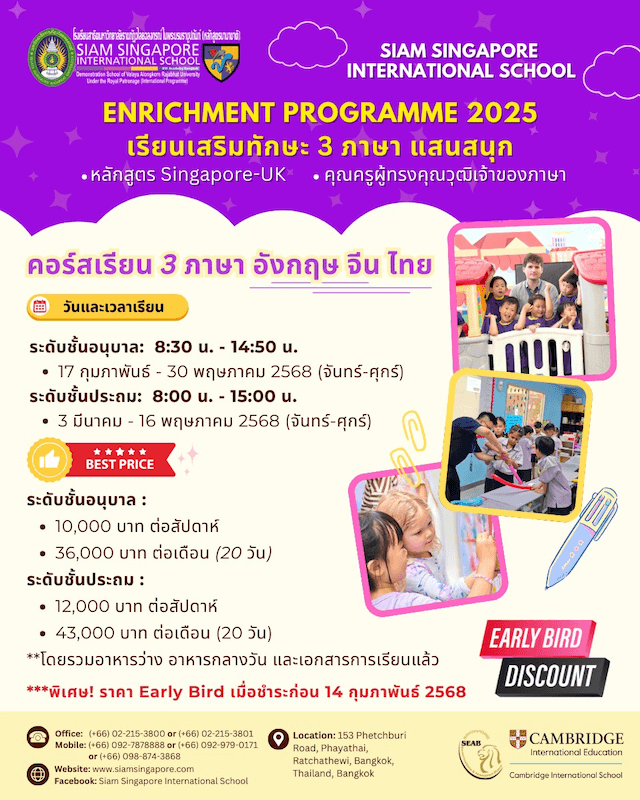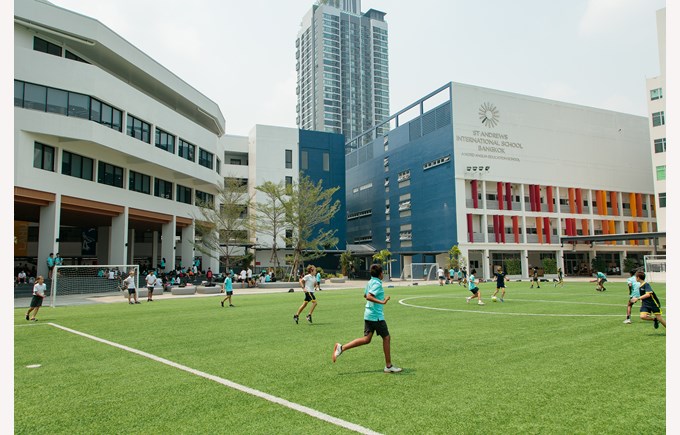Out of the 44,903 primary schools in Thailand, only 18,618 are inclusive according to an article on the International Journal of Special Education. An inclusive school provides facilities that allow children with disabilities and children without disabilities attend the same school. Children with disabilities include those with long-term physical, mental, intellectual or sensory impairments that hinder them from participating fully in daily activities.
Generally, most Thailand schools still lack facilities for children who are disabled according to UNESCO Bangkok. One way to remedy this is by making schools friendly to learners with mobility problems. This can be done by adding accessibility features such as ramps to buildings or by using technology.
Beacons for wayfinding in schools
Wayfinding technology can help learners with visual impairment find their way around a school. To do this, developers can use beacons, which are small Bluetooth radio transmitters that can repeatedly transmit a single signal that other devices can see. Smartphones and wearables can sense these signals and translate them into voiced alerts that the learner can hear.
That means that a child’s phone can respond to a signal by uttering the name of a classroom, office or any area in the school a learner is standing next to. Beacon can be placed anywhere on a wall, on a door, on a chair and more. This is basically using beacons for indoor positioning, a concept used in most malls around the world and in Thailand. Indoor positioning can also be accomplished using radio waves, magnetic fields, acoustic signals, and other types of sensory information.
Wheelchairs controlled with the mind
Wheelchair access in Thailand is improving and Thais may benefit from new wheelchair technology still in development. Children who use wheelchairs may actually be able to control them with their minds in the future. For example, Toyota is working on a wheelchair prototype that uses a Brain Machine Interface (BMI) to read brain waves. That means the wheelchair reads brainwaves for instructions on whether to move to the left, right, forward and reverse. If such a wheelchair can have added features present on athletic wheelchairs, children that have mobility issues can join their friends in the playground for healthy play. Wheelchairs that allow users to stand upright are also in development stages around the world.
Autonomous school vehicles
Another way children with mobility issues will be able to move around is through the use of autonomous vehicles. These vehicles will not have human drivers and they will be connected to the internet on a 5G network. There is also a high probability that they will run on clean energy and will have enough space to accommodate learners that use wheelchairs, canes and so on. Autonomous cars are able to detect other vehicles on the road using a combination of sensors and other technology to avoid causing accidents. There is a chance that in the future it will be possible to schedule autonomous vehicles to pick learners at the doorsteps of their homes.
Currently, some of these technologies exist but they are too expensive, and still need a few tweaks for them to work efficiently. In addition, there will need to be an overhaul of how schools are designed and how transportation systems in Thailand work, for some of these technologies to be implemented. Nonetheless, progress is being made, with hopes that such technologies will be realised in the near term.
Register your email address here and we’ll notify you when new articles get uploaded.














